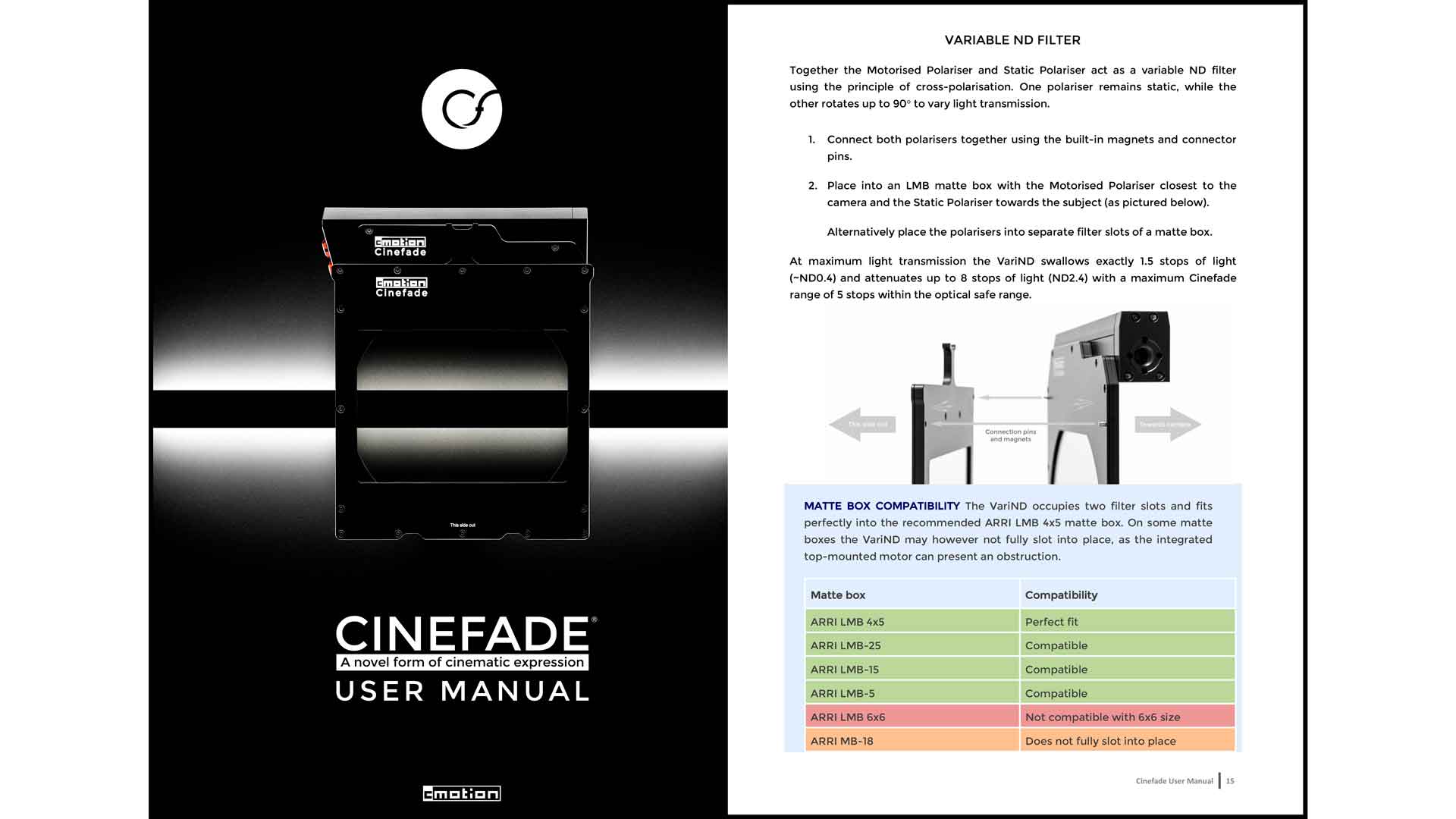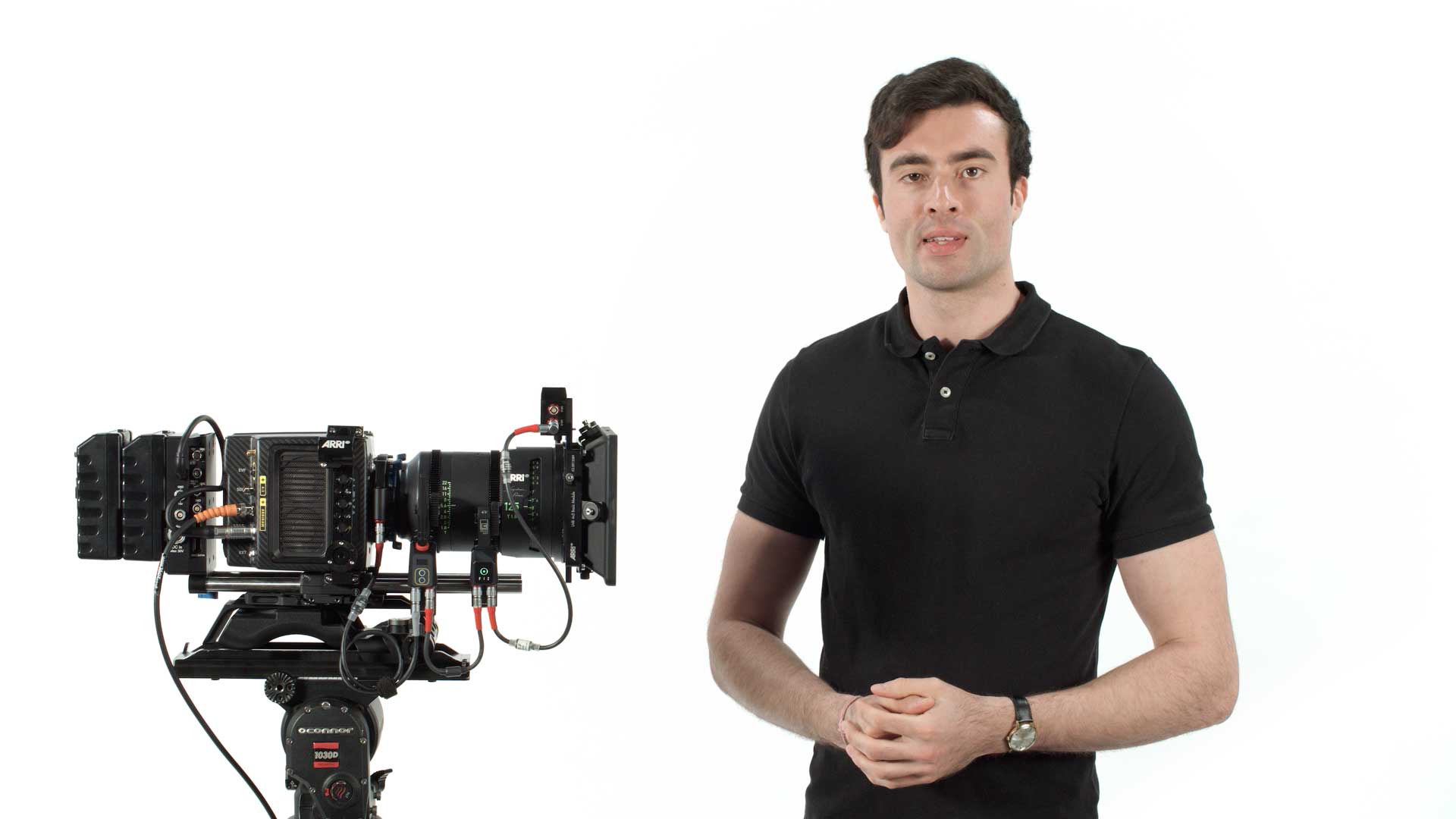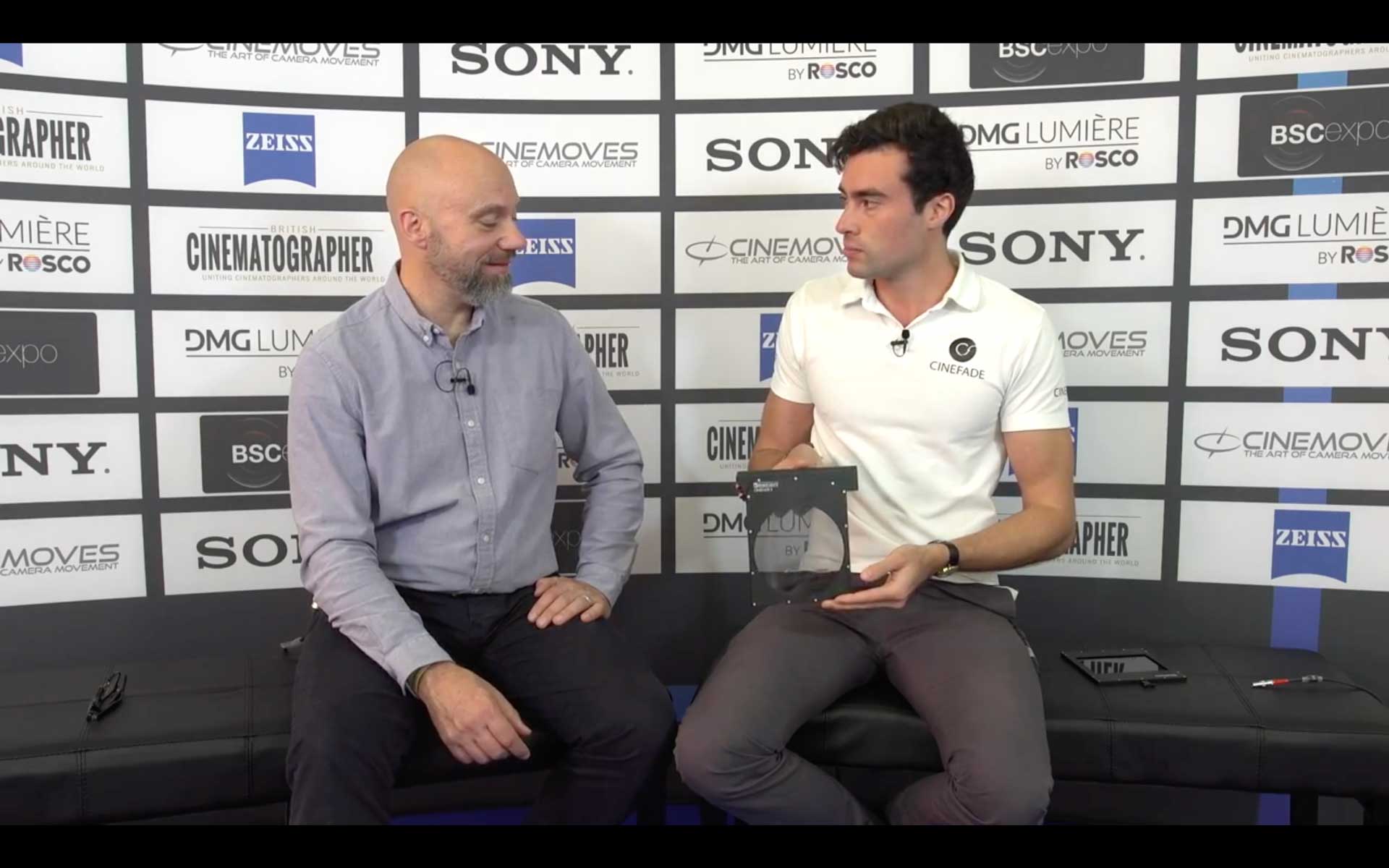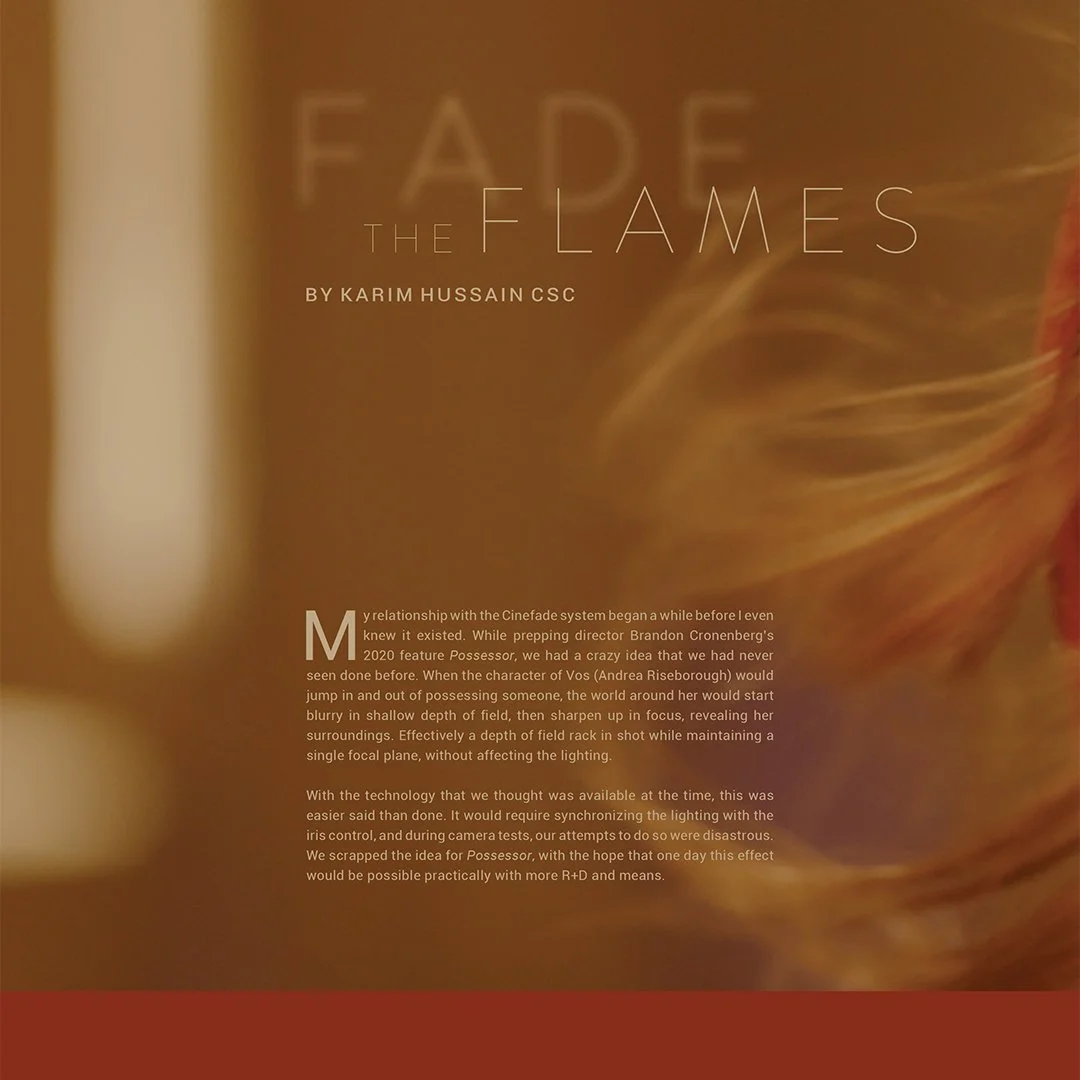My relationship with the Cinefade system began a while before I even knew it existed. While prepping director Brandon Cronenberg’s 2020 feature Possessor, we had a crazy idea that we had never seen done before. When the character of Vos (Andrea Riseborough) would jump in and out of possessing someone, the world around her would start blurry in shallow depth of field, then sharpen up in focus, revealing her surroundings. Effectively a depth of field rack in shot while maintaining a single focal plane, without affecting the lighting.
Read MoreCinematographer Shane Hurlbut ASC gives us a behind the scenes look of his newest feature film Tall Girl 2, available to stream on Netflix now. We analyse the Cinefade scenes and get a brief insight into Hurlbut's creative process of using our novel storytelling tool.
Read MoreThe Cinefade variable depth of field effect is known as a creative storytelling tool that is often used as a visual effect to accentuate a particularly dramatic moment. The Cinefade system can however also be used as a practical tool to make the DP’s and AC’s job on set easier.
DP Kevin Fletcher used the Cinefade system on a complicated tracking shot to aid his 1AC in achieving critical focus. Starting on an extreme close-up, the depth of field was kept broad to increase the likelihood of maintaining perfect focus. As the camera tracked backwards to a wide shot, the Cinefade was used to imperceptibly decrease depth of field in order to maintain the shallow depth of field look and communicate the character’s sense of isolation.
Read MoreBruno had a revelation when he realised that he is able to also play with the depth of field and change it in shot: Starting the scene with a very deep depth of field and as the scene gets more intense he is able to gradually transition to a shallow depth of field.
Read MoreFocus and depth of field play an incredibly important role in the cinematography of ‘Mank’ and we are excited for you to see how DP Erik Messerschmidt utilised the Cinefade VariND to help craft the look.
Read MoreIn the past, Cinematographers have always been limited to choosing a depth of field that stays consistent throughout the shot. A variable depth of field that creates a sort of focus blur or background blur effect has vast creative applications and the potential of becoming a must-have feature for Lens Control Systems (LCS).
Read More

























